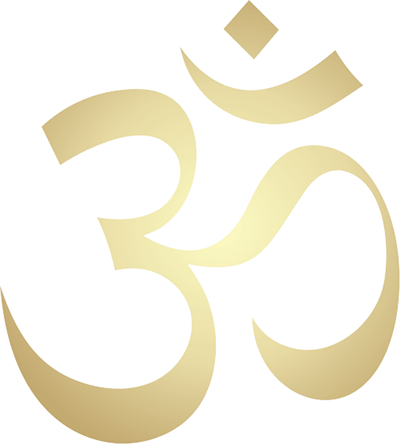



108 Names of Bharat Mata Video
108 Names of Bharat Mata
Gayatri Mantras Video
Bharat Mata Gayatri Mantras
Ekavimski Video
Bharat Mata Ekavimsati Song

Click on Link below to go to Youtube Videos
To download MP3 Audio right click and "save link as"
Home
About the Author
108 Names of Bharatamata
Gayatri Mantras
Ekavimsati Song
Speaking/Media Contact
Sri Bharatamata
Ashtottaram 43
43) OṀ ĀYURVEDA BHŨMYAINAMAH:
OṀ (AUM) - AA-YUR-VE'-DA -- BHOO- MYAI-
-NA-MA-HA
(Āyuh: means-long life; Vedah: means-knowledge, science)
Āyurveda is the science of life. The Vedic Āryans believed in a vigorous life, a life of health, strength and vitality. They paid as much attention to the culture of the body and the arts of war as to the science of the mind and the spirit. This gradually resulted in the 'Āyurveda' or the 'science of life,' the elements of which have been found even in the Ṛigveda. However, it is in the Atharvaṇaveda that a more detailed-and to some extent, systematic-treatment of the subject, is found.
Though the word 'Āyurveda' appears to limit its scope to purely physical health alone, it is not so. Its approach to the science of health is holistic and includes not only the physical but also the mental and spiritual aspects of health in the context of man's interaction with his environment. While doing so, it deals with several subjects which may be categorized briefly as follows: philosophical speculations about matter and life as also general ethics; biological theories which includes embryology and genetics; physiology and pathology; food, nutrition and diet, general rules of health and longevity, diagnosis and treatment of diseases; poisons and their antidotes.
Āyurvedic medicine is based on the tridoshasiddhāntam where the material bodies of human beings are composed of dosha (impurities, humours), dhātu (component matter), and mala (eliminations). The three dosha are Vāta (wind), Pitta (bile), and kapham (phlegm). The diseases are said to be the result of the imbalance of the three doshās or humours. During the medieval period, 'nāḍī-vijnāna' (the science of pulse) came to be a major means of diagnosing the condition of the three doshās. The seven dhātus (component matter) which sustain our body (saptadhātus) are mentioned. They are: 1) rasa (chyle), 2) rakta (blood), 3) māmsa (flesh), 4) me'dhas (fat), 5) asṭhi (bone),
6) majja (marrow), and 7) śukla (semen). Classical texts of the Āyurveda by Charaka and Śuśruta are well known and most of the standard texts of the Āyurveda deal with the subject under eight topical headings and hence the appellation 'Aṣtānga.'
There is evidence to believe that Āyurveda had influenced the medical works of Greece. Translations of several well-known Āyurvedic texts into Arabic prove the spread of the science in the Arab countries. There is also evidence of not wanting to prove its dispersal in Central and South East Asian countries exists. Today, there are many Āyurvedic colleges and universities in America teaching our age old Āyurvedic medicine.
Millennia ago our motherland has given the knowledge of medicine to the world and is 'Āyurveda Bhūmi.'

